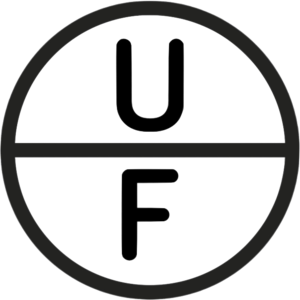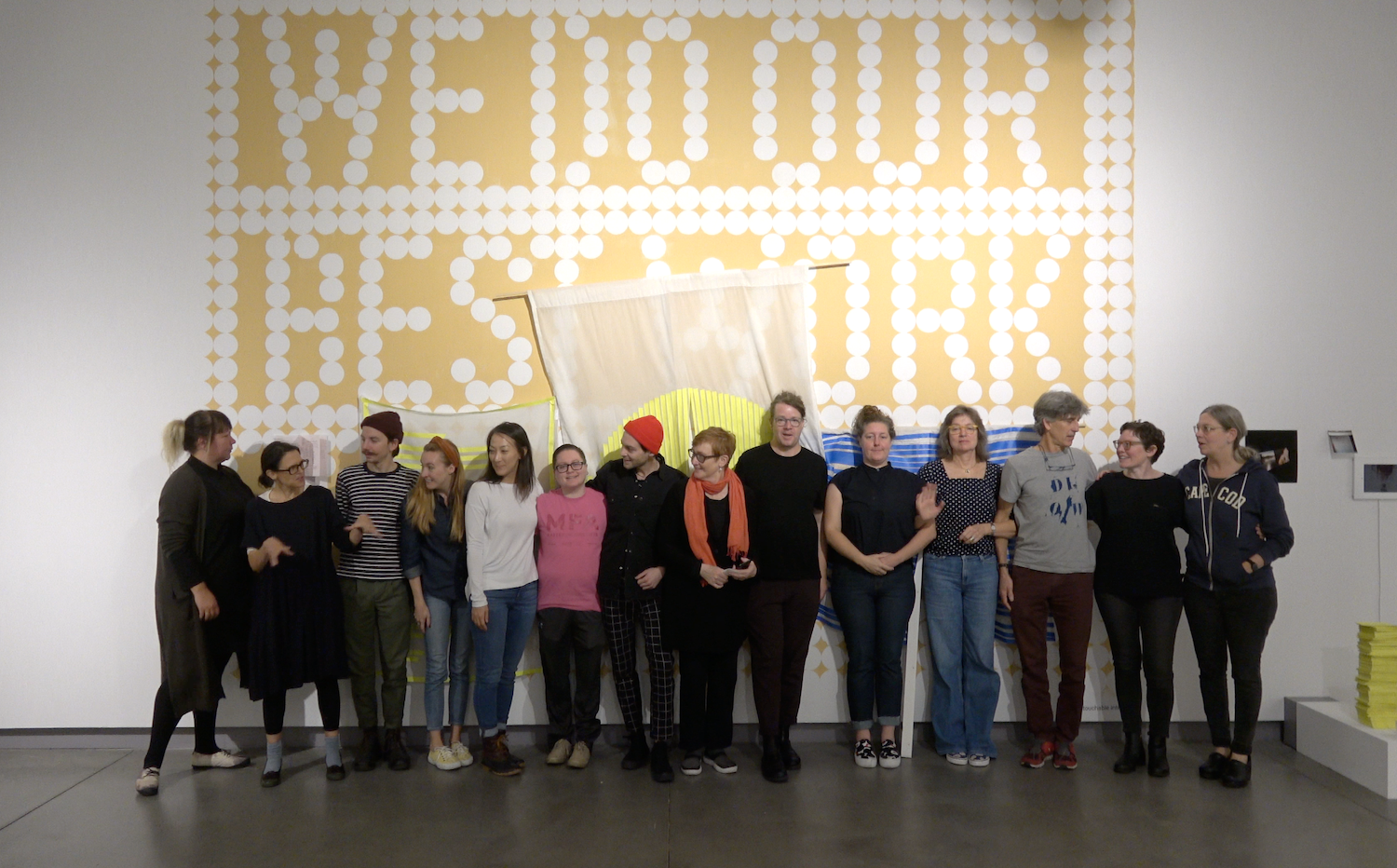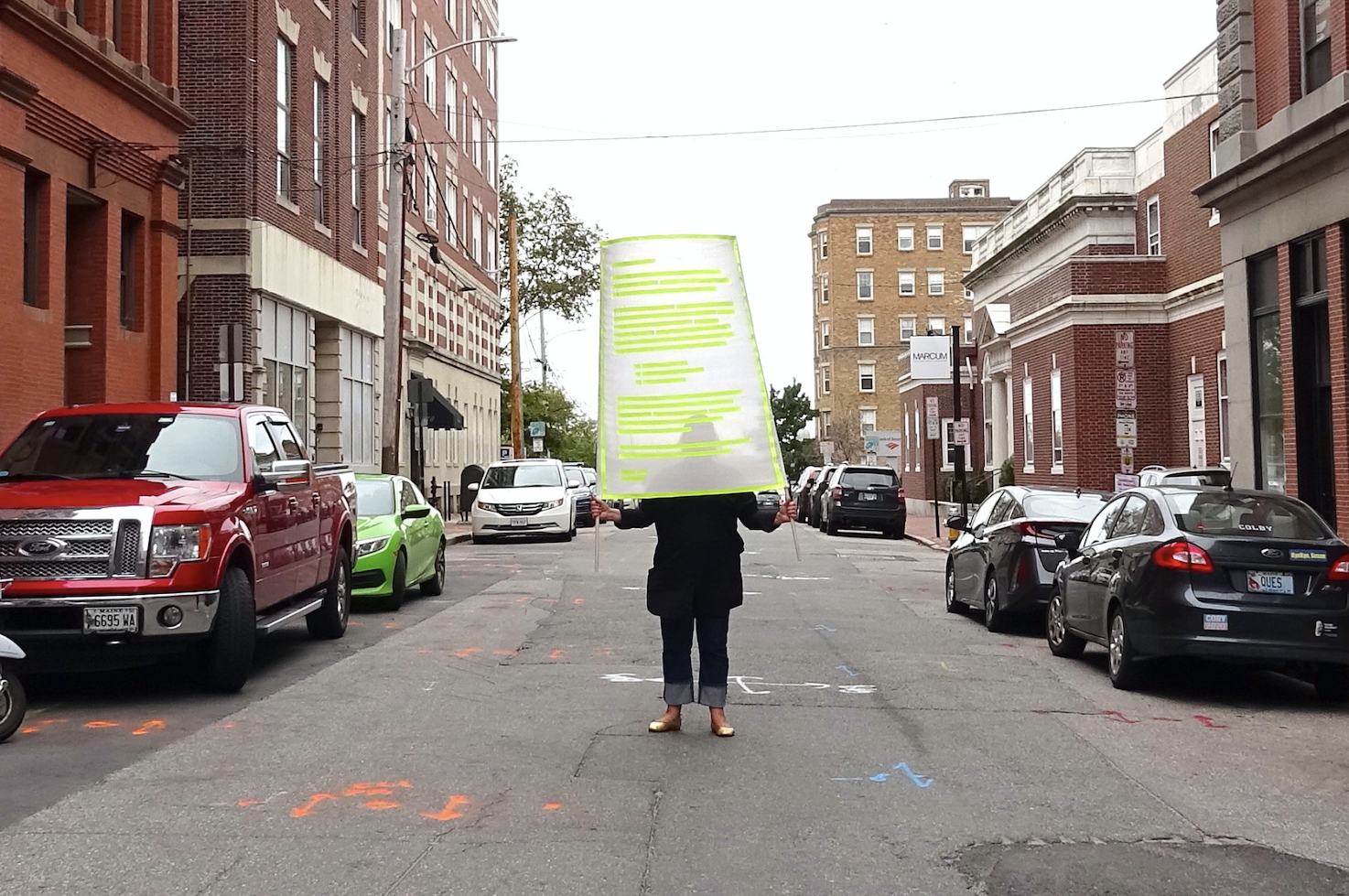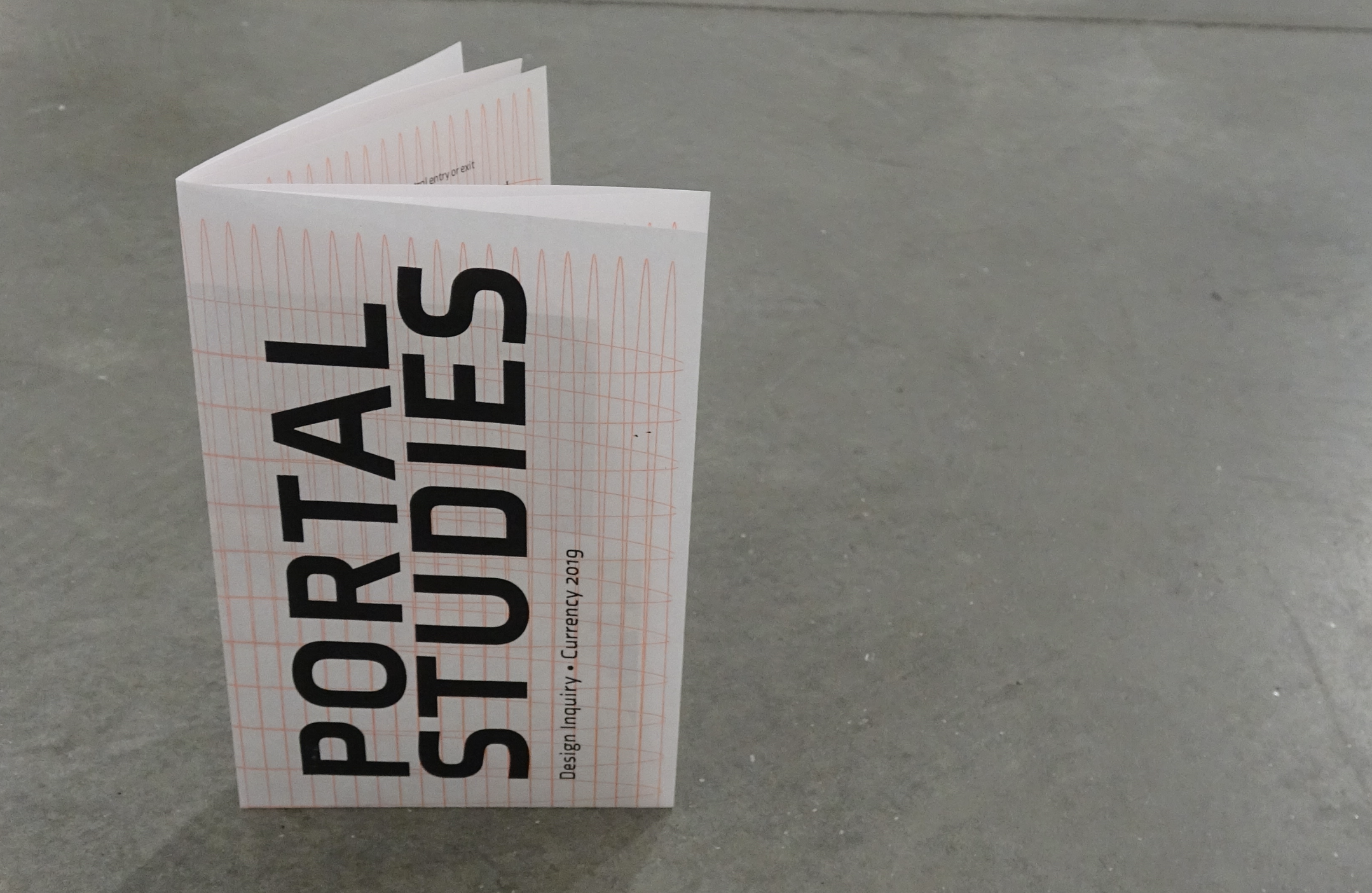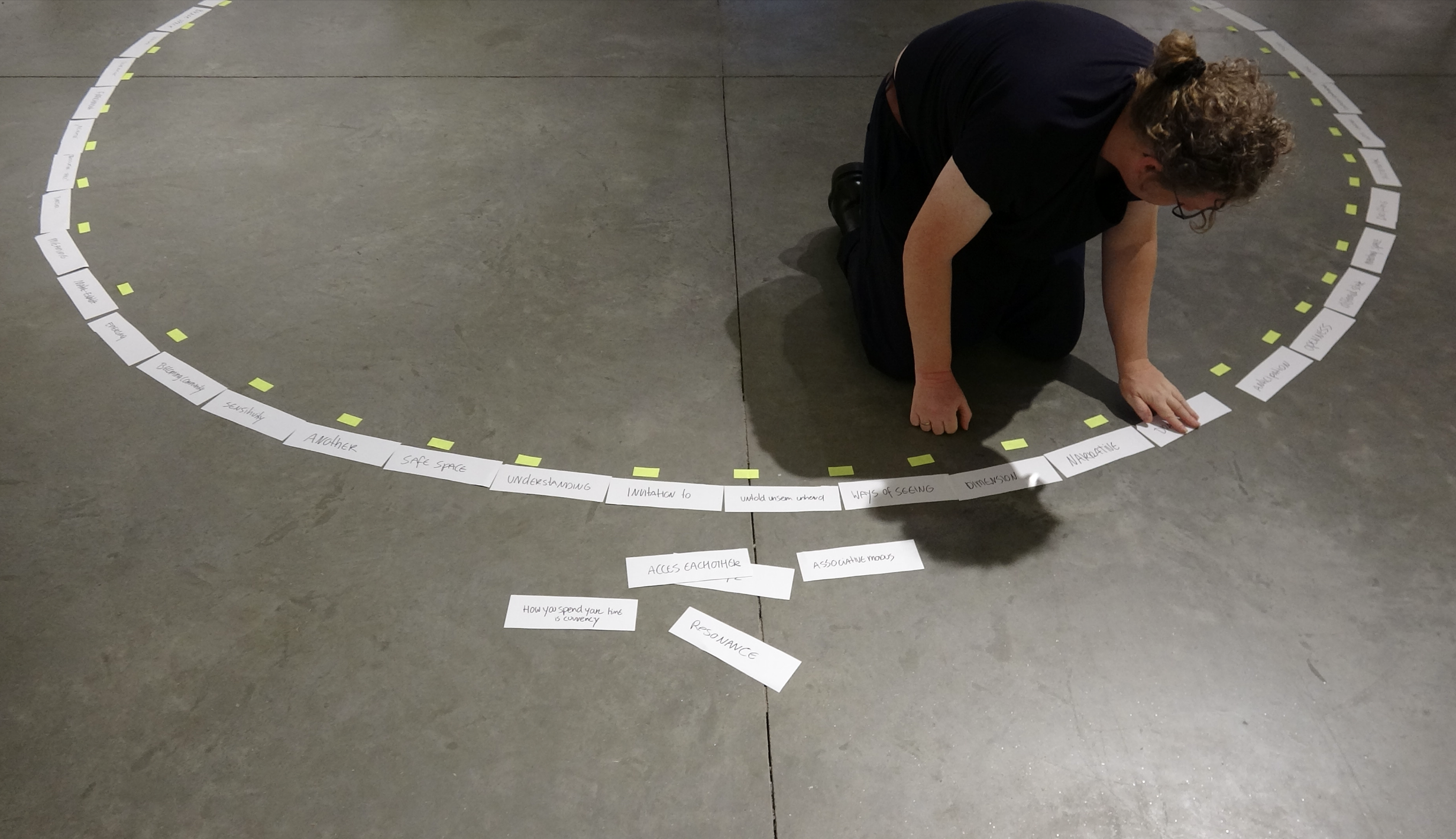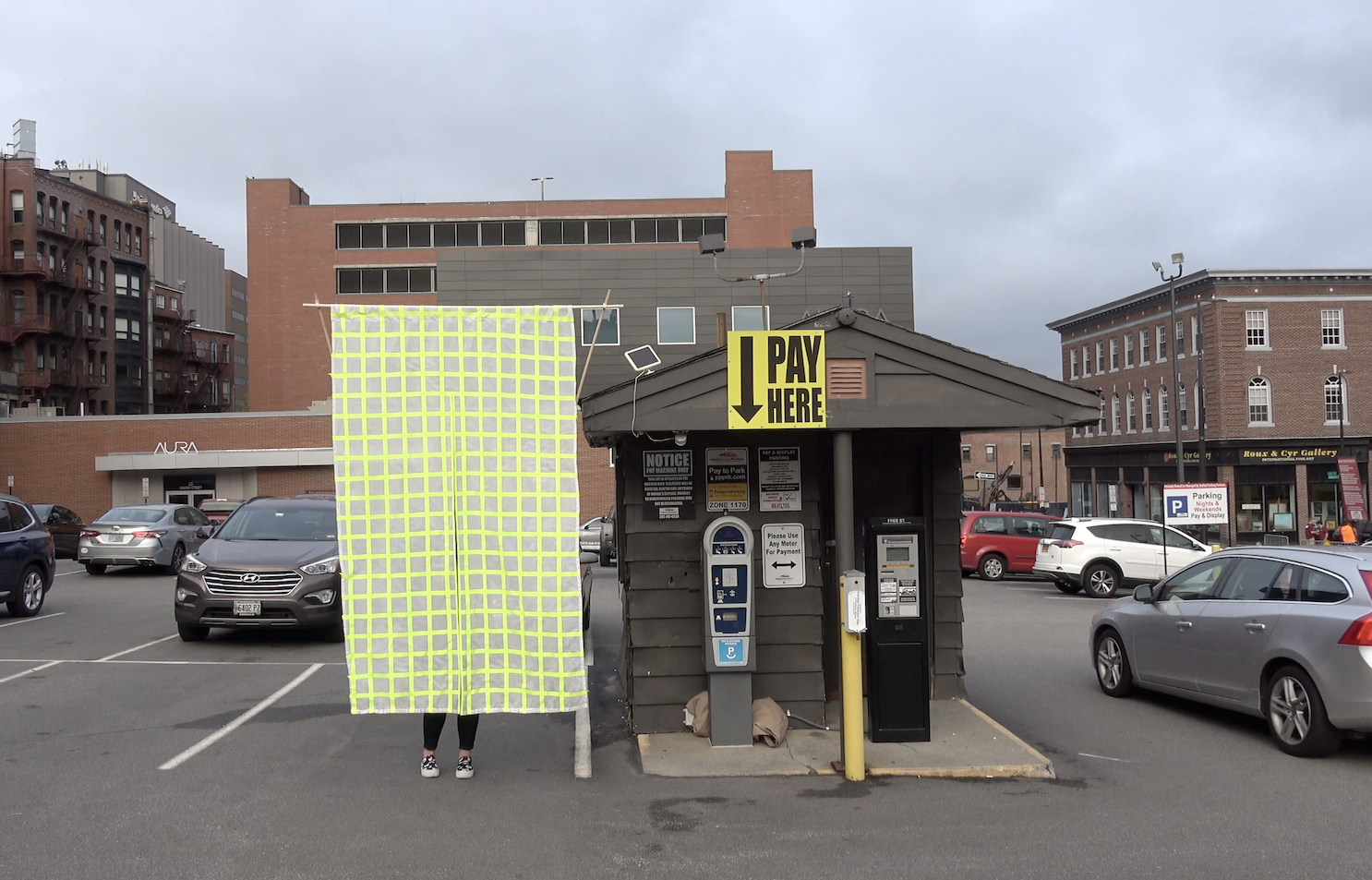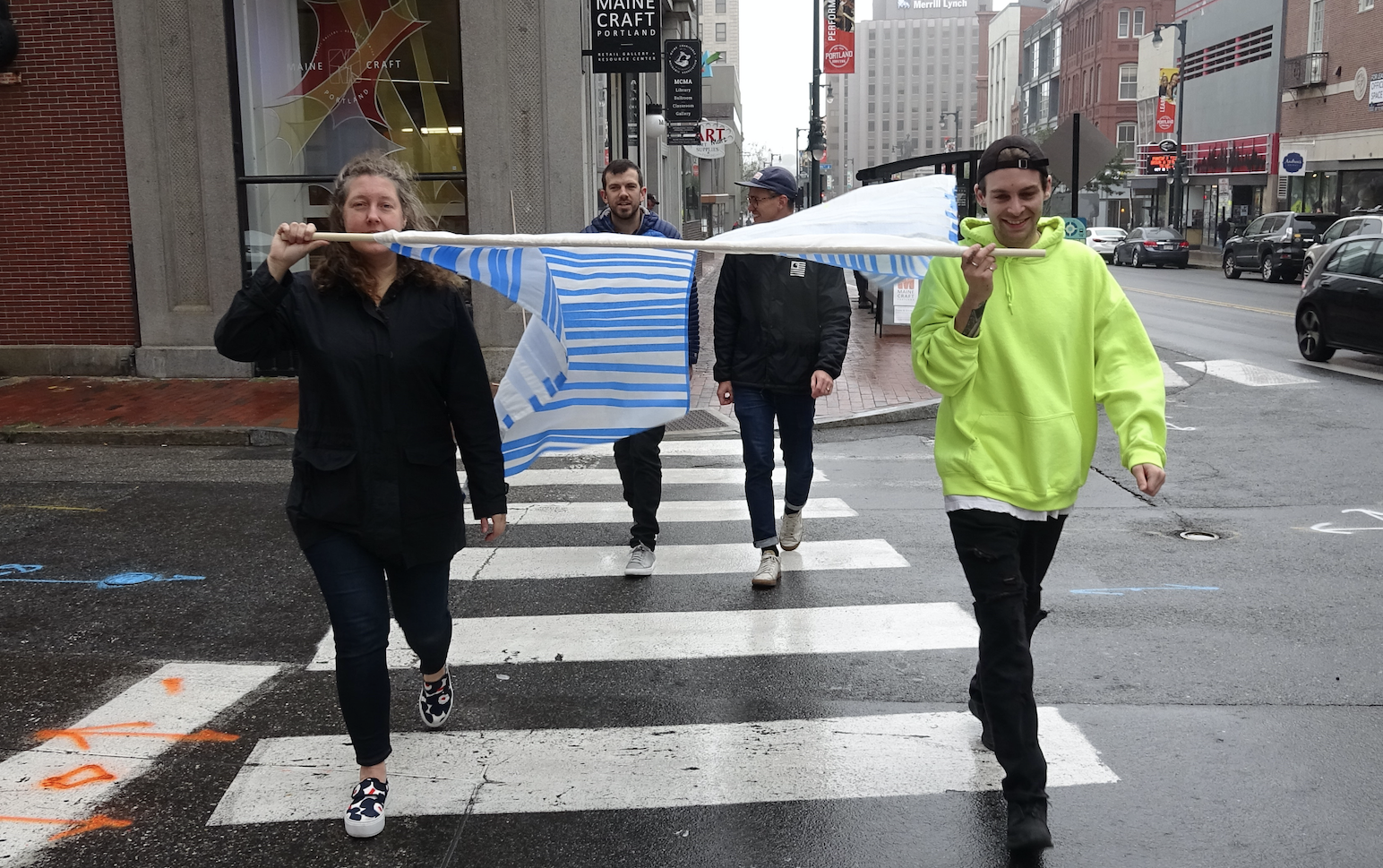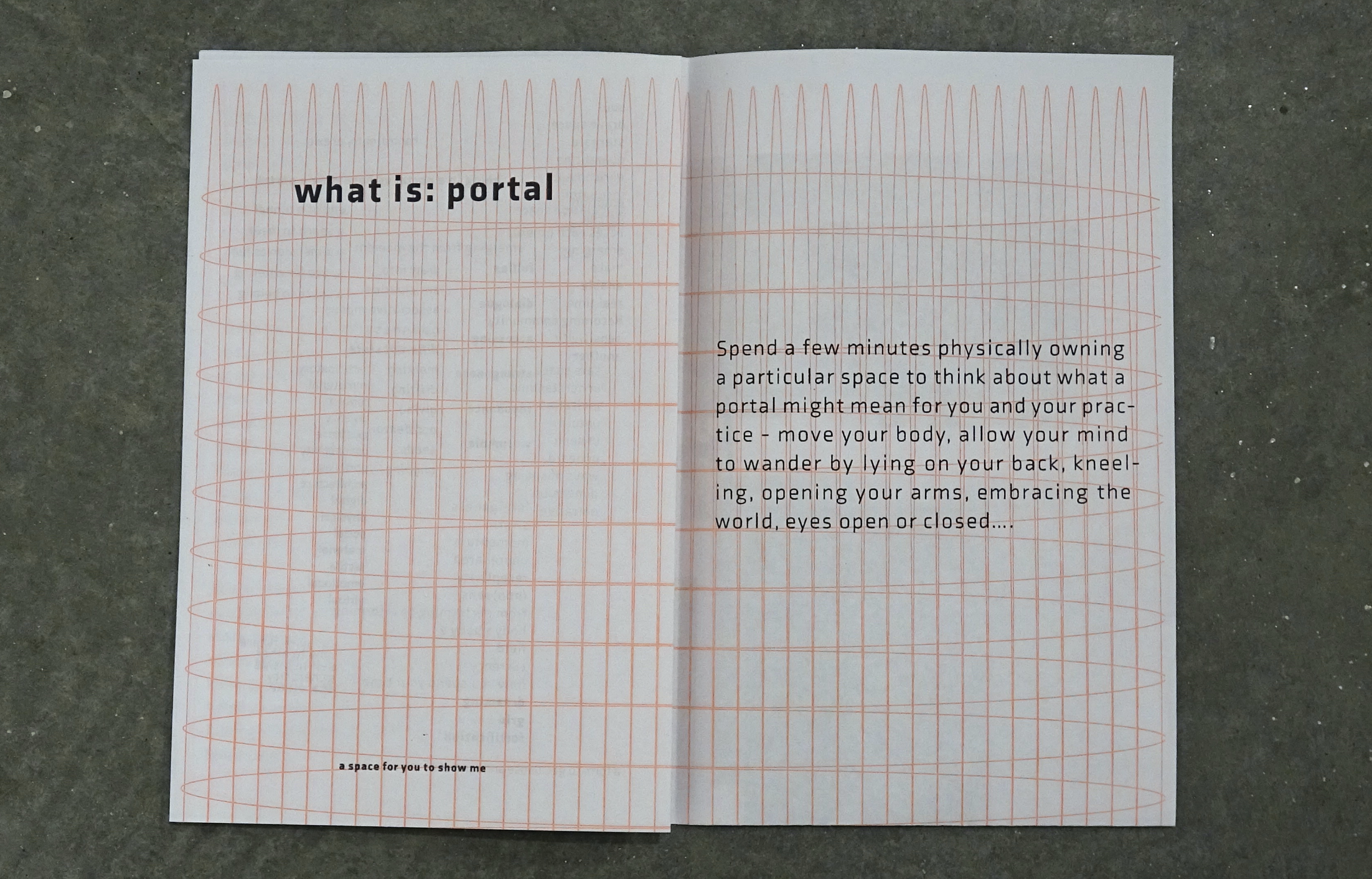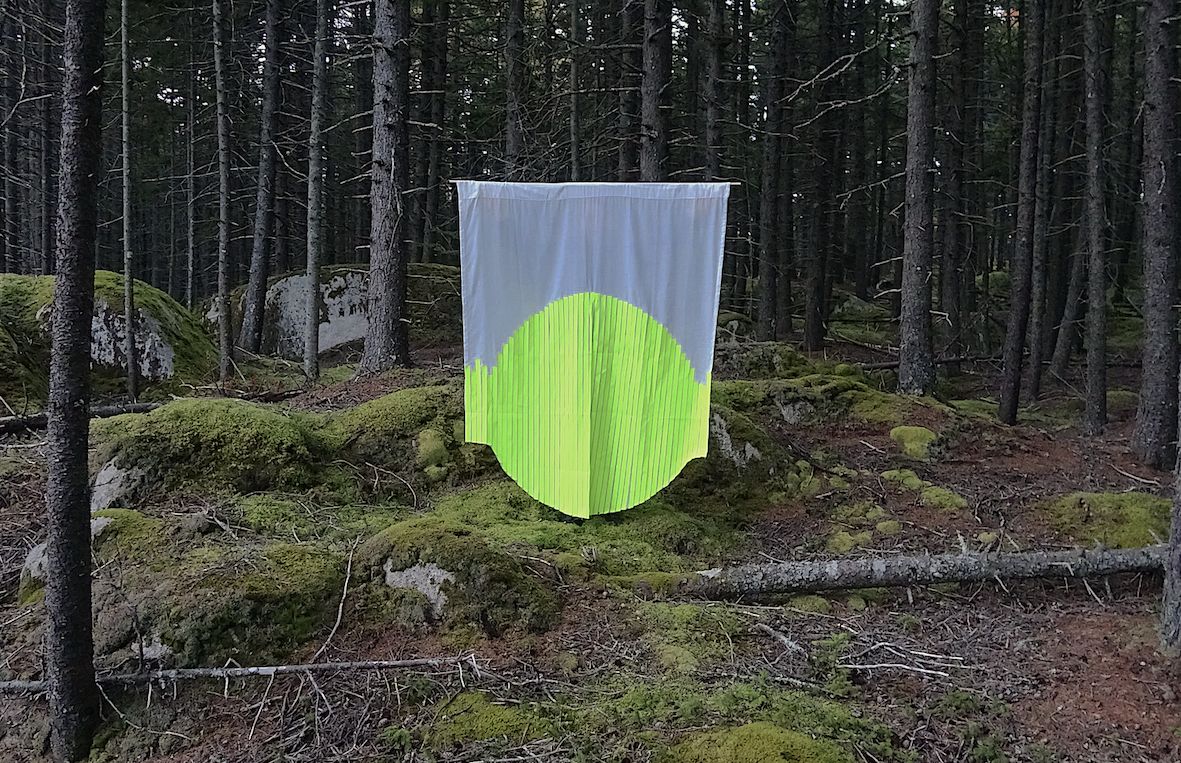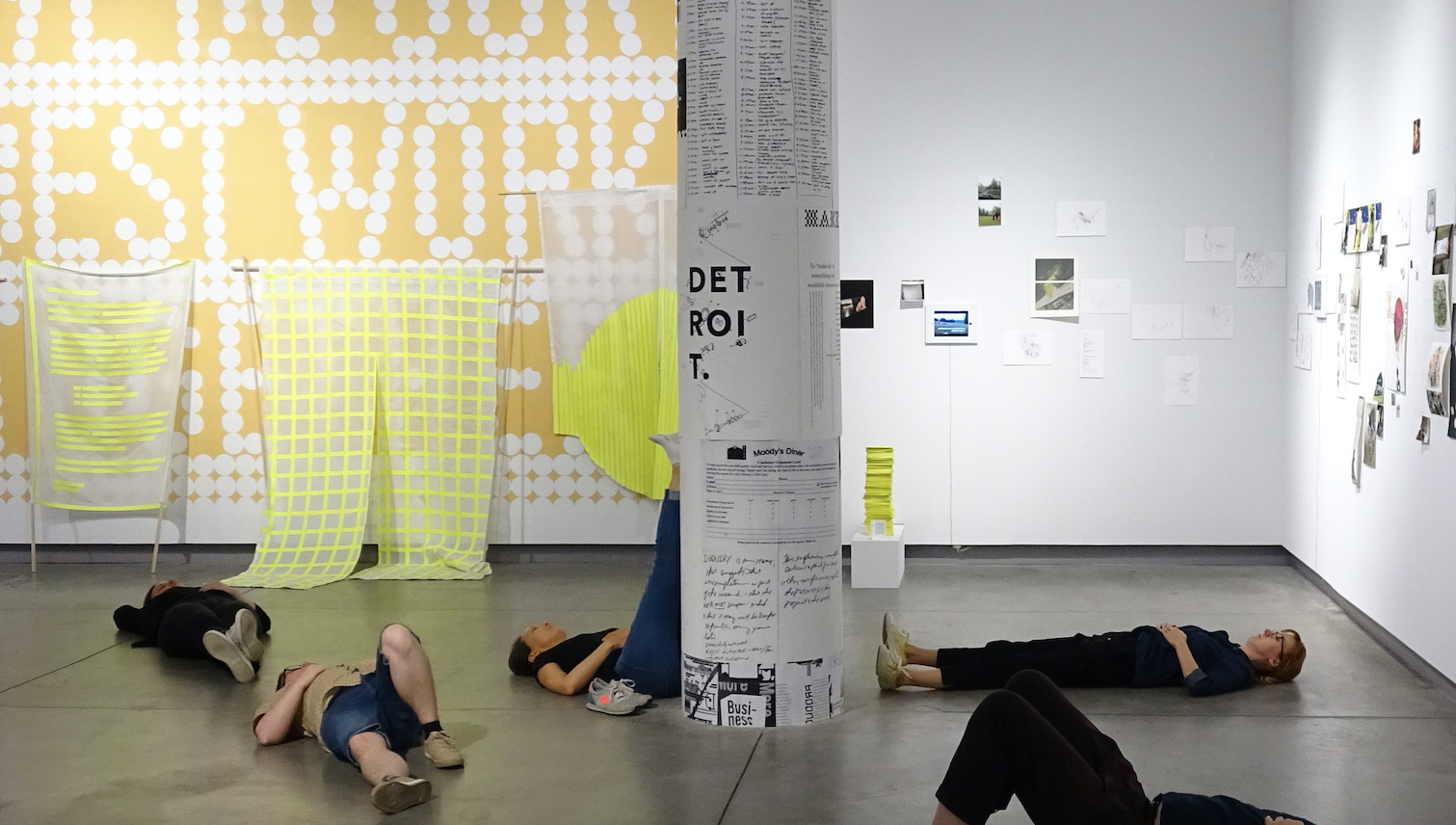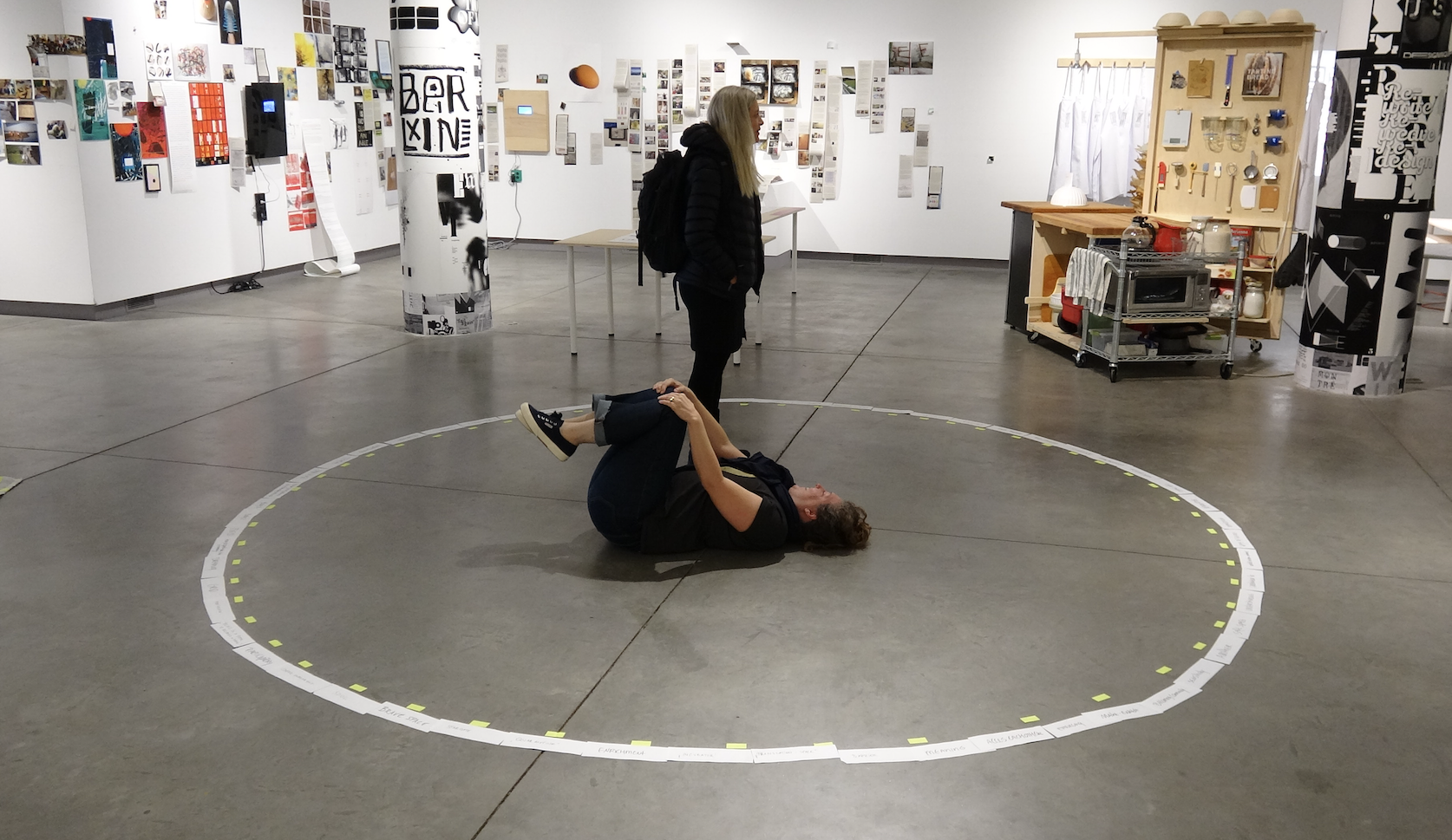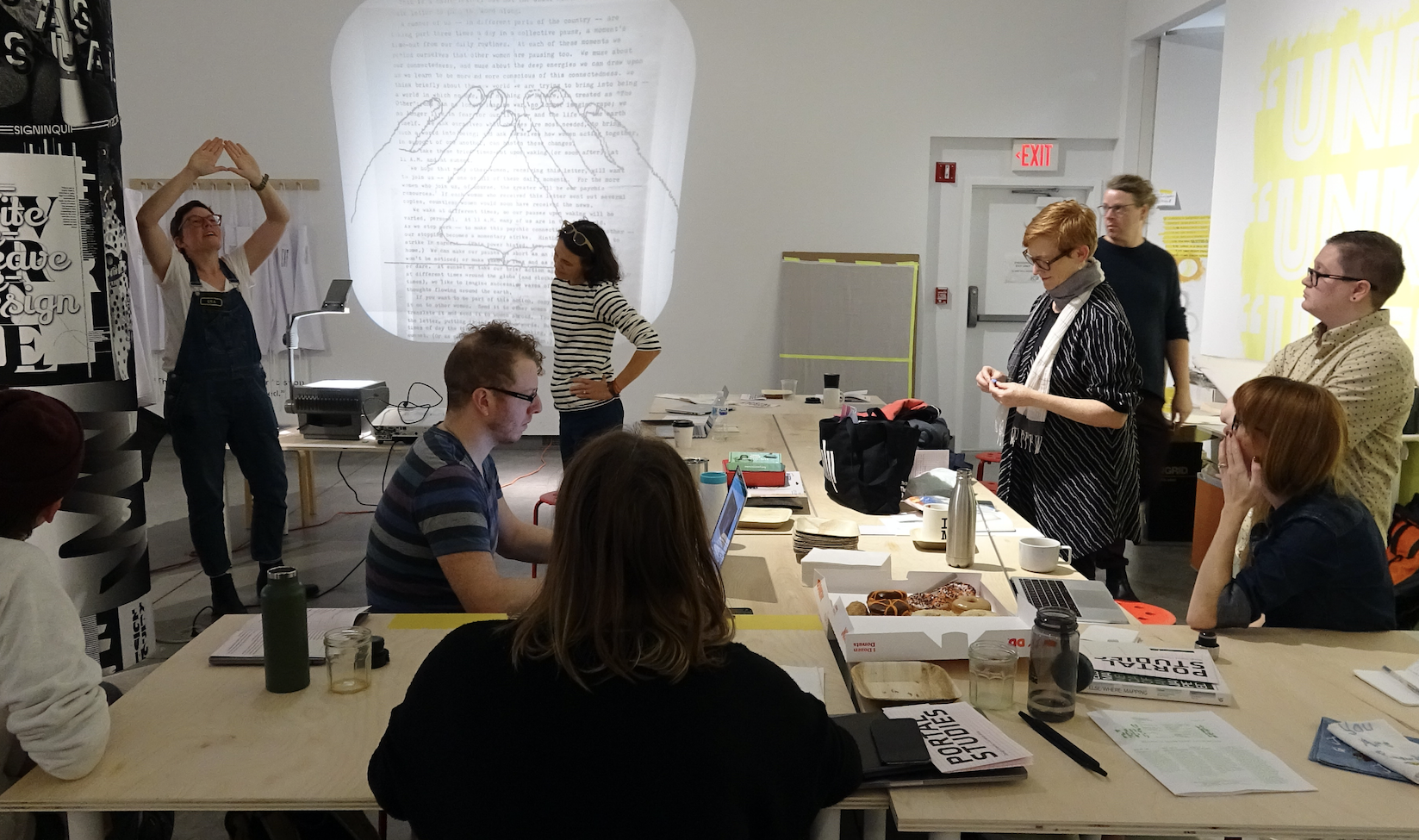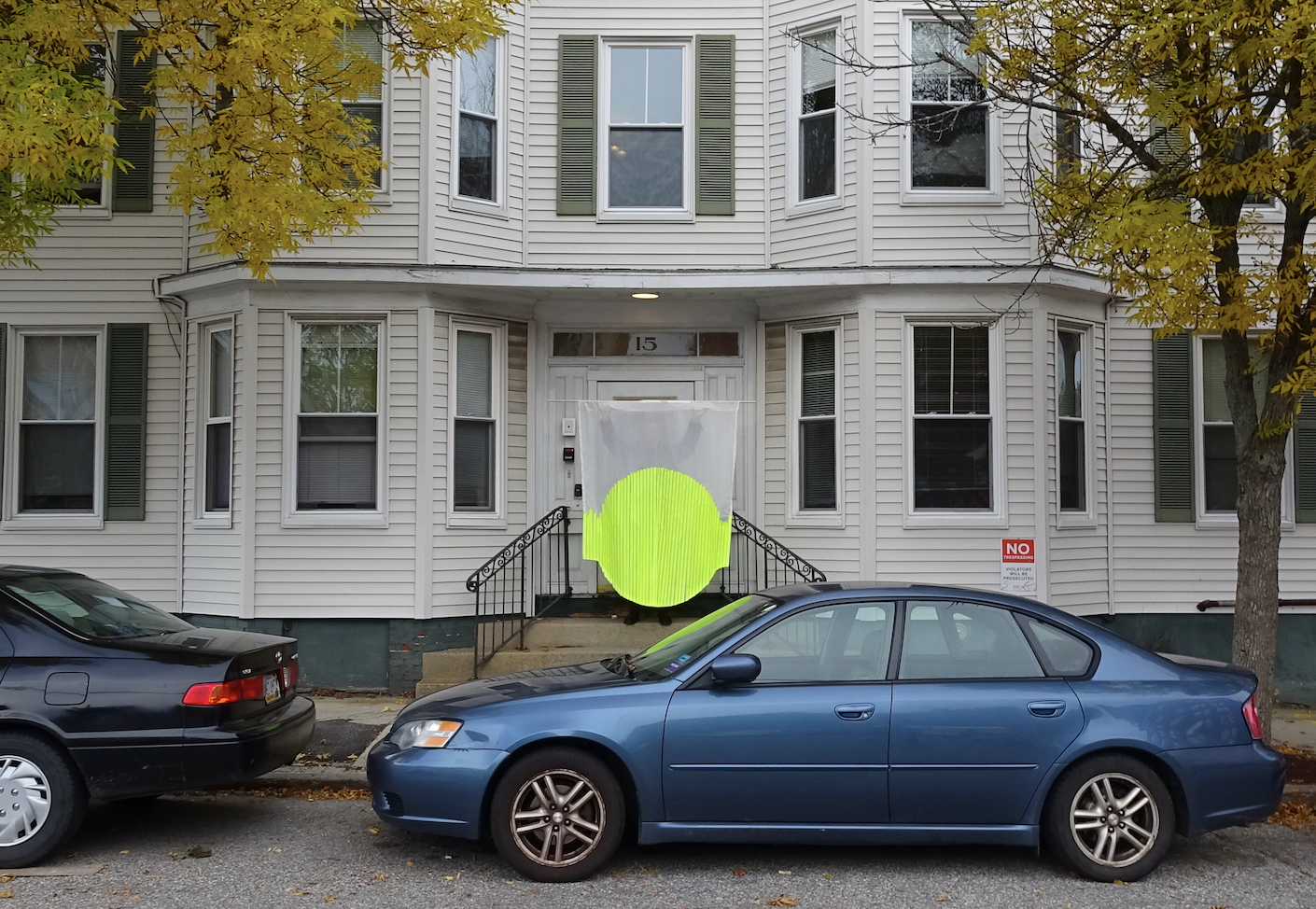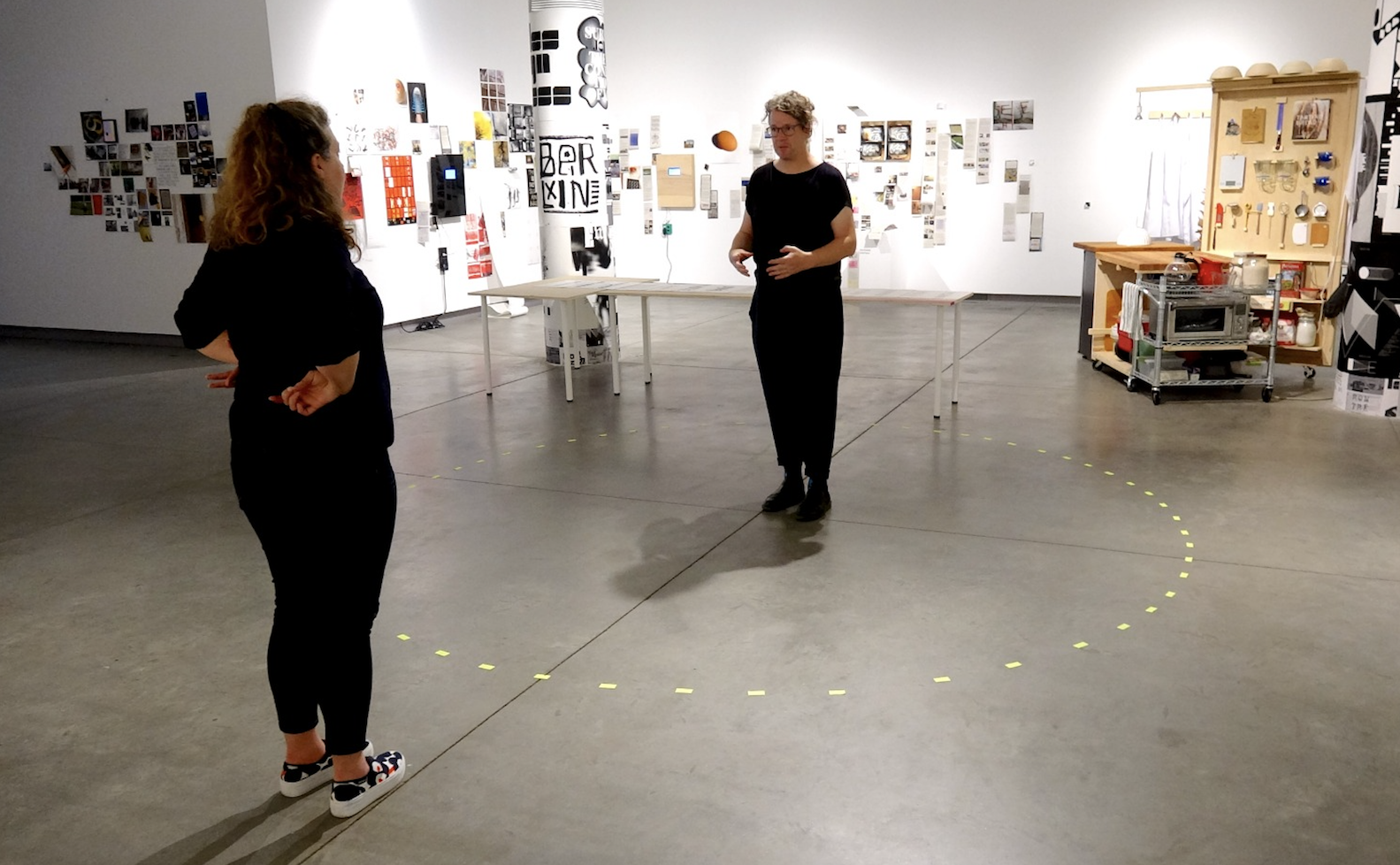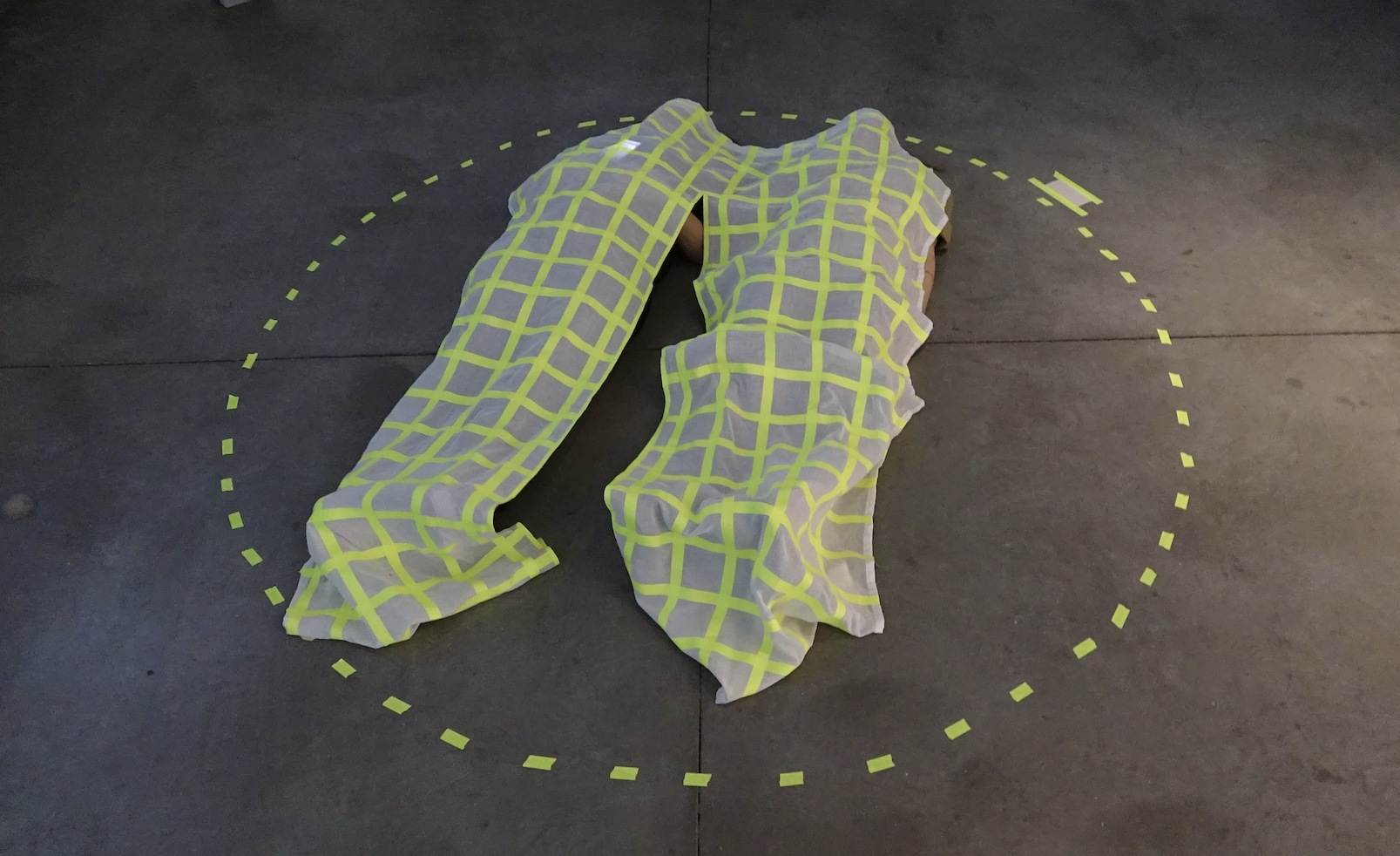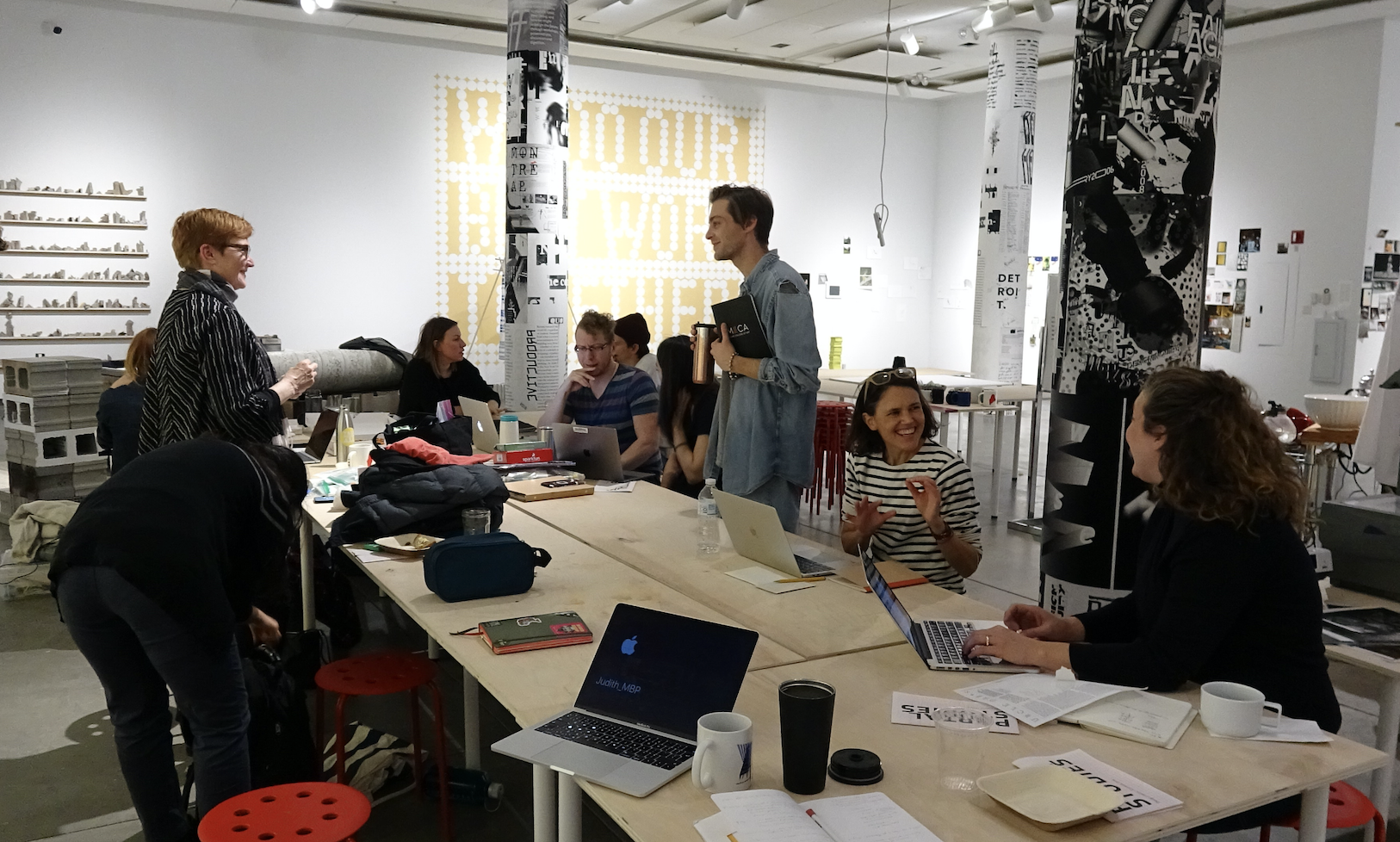Research Workshop: Design Inquiry ‘Currency”
Research Collaboratory: Judith van den Boom, Emily Luce, Tess Wehmeyer, Kiana Thayer.
“Days become nights; the program doesn’t stop when dinner is served.”
UFO took part last October in an experimental design workshop organised by Design Inquiry at the MECA, Maine College of Art, Portland ME (USA). DesignInquiry is a collaborative platform founded by Peter Hall, Margo Halverson, and Melle Hammer. DesignInquiry began on an island off Maine. DesignInquiry was established as a response to a perceived gap between academic and profession-based learning; between the richness of participatory learning at design school and the frequent lack of time for experimentation and research in the working environment.
DesignInquiry invites makers and thinkers of all disciplines to contribute projects to its 2019 topic: Currency, the base for a week of experimental research and collaboration to come to a new understanding and provocative research. The workshop Currency was part of the exhibition DesignInquiry: Futurespective, a series of installations that demonstrate how DesignInquiry engages in open-ended extra-disciplinary exchange.
Currency is often taken simply to mean money, but if currency also suggests relevance, presence, value and systems of exchange, what exactly has currency in an era in which value systems seem to be shifting? Within this project we like to use the portal as currency to explore the practice of interdependence. Allowing time, space and continuum (for public) and DesignInquiry participants to assemble thoughts on the urgency of being a portal. Through this mode of practicing, we are able to assemble new ways of understanding and using foreignness as a positive catalyst to understand self and others. Allow to activate, allow to open, in order to enter in..
Within this project we invited the public and participants to explore and assemble their notion of portal, as a tool to access self, other, space, time, material, context. What form of portal is needed to create attention, and positive catalyst to rethink or way of living? How can we shift from being in a portal to become a portal allowing a thin space to appear, transcending oneself.
The term ‘thin spaces’ has originally been used as identification of specific places in the natural landscape where one could experience different dimensions, a ‘thinness’ of mental, physical or a sacred world. The ancient pagan Celts used the term to describe mesmerising places between heaven and earth, as a 7th dimension, yet how can design new ways of resonance. How can we rethink the notion portal and dimensionality?
A portal, in this discussion, is a connection between two physical or nonphysical points in the same dimension becoming a place of response and transponding. It allows access to use foreignness as a positive condition to relearn and learn again.
A portal is a pathway to a shift, a shift in point of view, a shift in understanding, an experience that leads to a new way of being. It is a physical description of a [design] process.
The work resulted in a daily make, daily print, daily act, daily connect.
Daily Make : a series of textile Noren, tactile gestures exploring the notion of portal.
Daily Print : a collection of texts, words and processes of the daily research.
Daily Act : testing making and dialogue with the work in public.
Daily Connect : sharing lives, work and thinking towards creating awareness and communal activities with public and Design Inquiry group.
//
“When I think about a portal, what I imagine is a tube, or an extruder, but that isn’t always the case. It is really the inbetween state in a transformative process. A portal can be anything, a conversation, a crockpot. Portals have the potential to connect more quickly, allowing us to step into another way of being. It helps us unearth questions and see differently. It allows for a folding of time and space along a particular trajectory.” Emily Luce
“ This portal for me means an experience in the materiality and feeling of the other side of the portal. So if I say this is about connecting to nature I don’t need to be in nature, I can imagine being in nature and experiencing the meaning of the other side. Or in terms of Design Inquiry I can be here and feel what it means to be on the other side and can apply that thinking on everything. A portal is a representation of being in another skin.” Gunter Wehmeyer
“ Yesterday we talked about foreignness, I really wish the portal to become a tool to access foreignness as a positive condition or requirement. I mean, creating a receptiveness with the other (this could be living / non living), and entering a space of being present and connected to what we do not (yet) know. We developed a foreignness with ourselves, with time and our context. Foreign doesn’t mean it has to be far away or opposite, often it is right here, it might be about allowing to understand myself and what is right around me” Judith van den Boom
